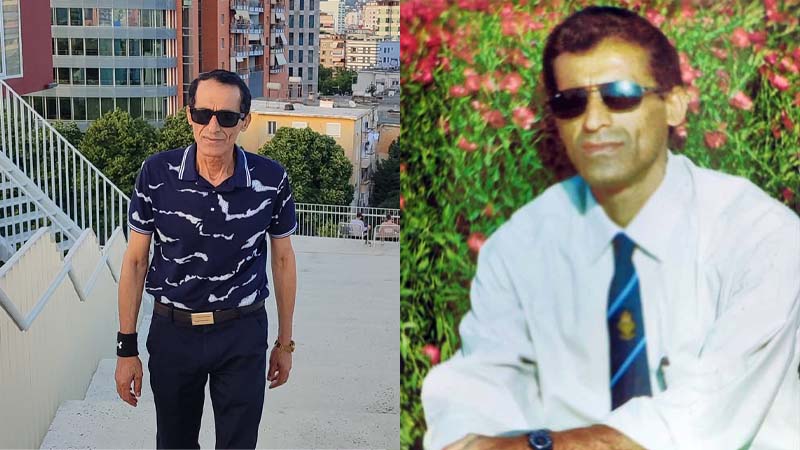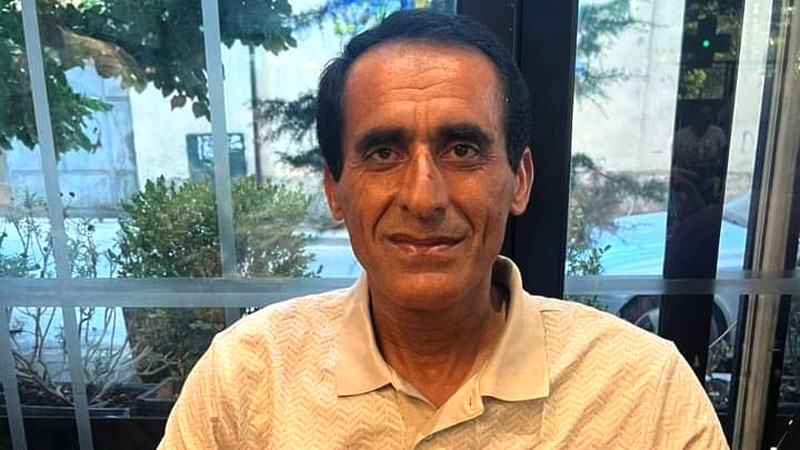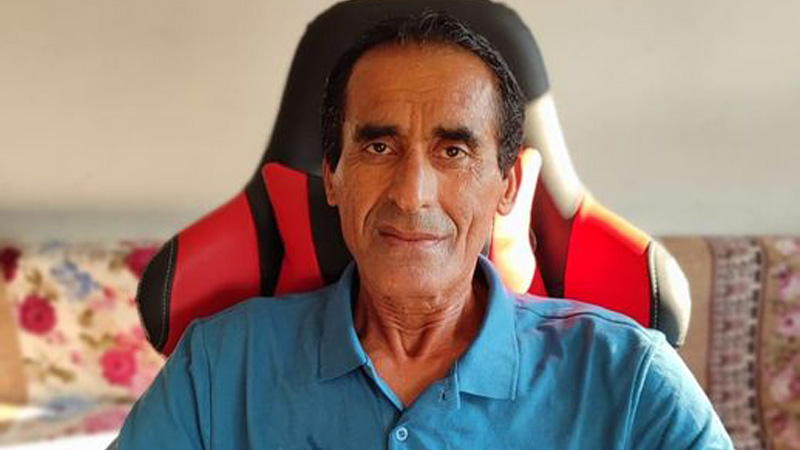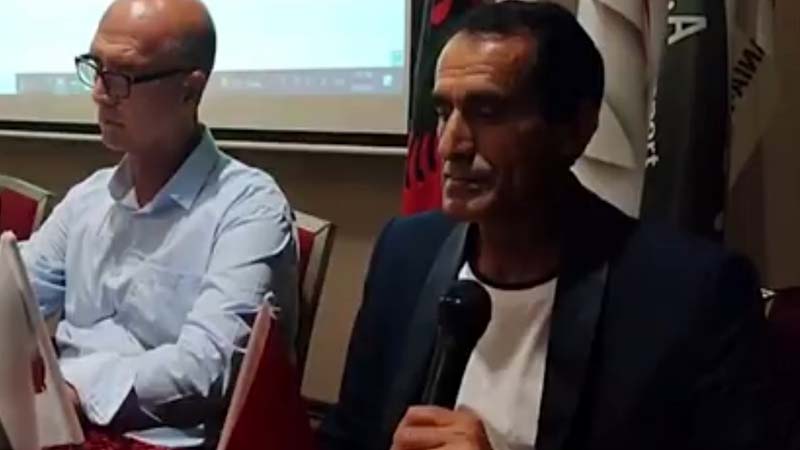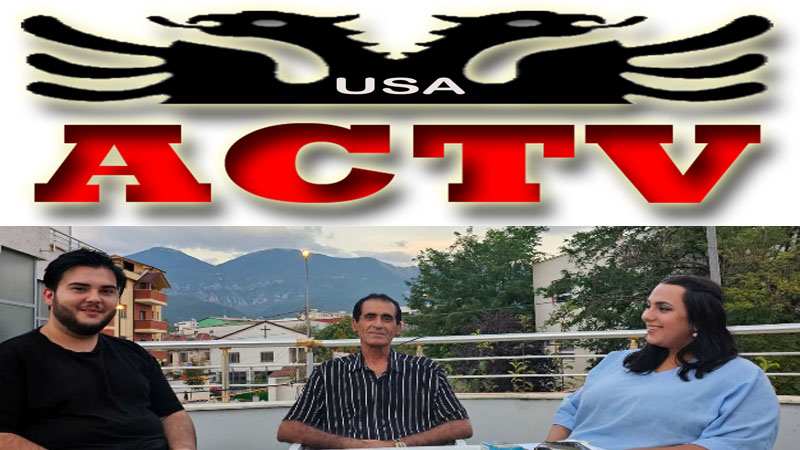For Bijar Rahimi, 21 years of captivity in a destructive cult means losing the best time of his life. His youth was lost like many other youths who fell into the trap of the Mujahedin-e Khalq (MEK). He was recruited by fraudulent tactics of the MEK while he was seeking a good job, with the dream of a better life and prosperity. He spent 21 years of his life behind the mental and physical bars of the Cult of Rajavi.
Bijar Rahimi was recruited by the MEK shortly before the coalition forces’ invasion to Iraq. In a letter he wrote to the International Red Cross after leaving the MEK, he described his past as follows: “I left Iran 22 years ago with the promise and deception of the MEK to go to Europe to find a better job and improve life through Pakistan border but I was taken to Camp Ashraf in Diyala province, Iraq. I joined the organization one month before the invasion by the coalition forces in 2003. After the fall of Saddam Hussein in Iraq and the disarmament of the MEK by the United States, I was told that it was not possible to go to Europe. Then I and many other people who came with the same promise were faced with this trick that if we returned to Iran, we would be imprisoned, tortured and executed. Under the pressure of meetings and brainwashing techniques, despite our inner desire, we were forced to stay in the organization.”
Both Bijar and his brother Sarfaraz were caught in the trick of MEK recruiters. Sarfaraz managed to leave the group after the relocation of the group in Albania, but Bijar remained under the mental pressure of the destructive Cult of Rajavi. “The leaders of the Cult of Rajavi deceived me and forced me to stay in the organization by brainwashing and taking an oath, and they wasted 21 years of my life without any salary or savings, without the right to call and communicate with my family, without having a family, and with illness and mental and physical problems.”
Even since he was in Iraq, Bijar wanted to leave the MEK. In his testimonies, he states that in 2016, when he was living in Camp Liberty in Iraq, his asylum case was successfully submitted by Norway through the United Nations High Commissioner for Refugees. But the officials of the MEK dissuaded him from becoming a refugee to Norway and forced him to stay in the organization.
Leaving the MEK thanks to the power of the media
While Bijar was trapped in the MEK’s camp in Manz village in the north of Tirana, his brother, Sarfraz Rahimi, married an Albanian girl named Erisa Edrisi and had a family. Unlike many members of the MEK, whose families are trying to visit them from Iran, Sarfaraz lived a few kilometers away from Bijar in the city of Tirana. His efforts to meet Bijar had been faced with obstacles from the leaders of the MEK. He and his wife wanted their son Ermolindo to meet his uncle Bijar, and this double motivation led them to cooperate with Nejat Society in Iran and to establish Nejat Society Albania.
Since the early days of her marriage with Sarfaraz, Erisa Rahimi was in contact with members of the MEK who were friends of her husband. She, who is the head of Nejat society Albania today, said in his recent interview with News 24 of Albania about her motivation to cooperate with Nejat Society: “Because I was a Persian translator for Iranians, I got to know their pain and suffering inside the MEK so I made a promise to myself, to help them. As a translator, I was with them to go to the doctor and get a residence permit and rent a house, etc. I was very happy when Nejat Society Albania was formed with the help of the Nejat Society Iran because I could better support people in the society. The important task of our association is to help families inside Iran to free their children from the captivity of the MEK.”
The humanitarian and cultural activities of Nejat Society Albania to support MEK defectors, helping to integrate them into the Albanian society and enlightening about the nature of the Cult of Rajavi and its threats to the Albanian society, made Erisa and Sarfraz as activists of the society, to be noticed by the Albanian media. The result of several media appearances of the brother and his wife in the Albanian media was that Bijar became aware of his brother’s health and freedom, despite the lies that his commanders had told him.
In an interview with Bijar, Sarfaraz and Erisa by Euronews Albania, in March 2024, Bijar described the story of his escape from the MEK as follows: “I am fortunate that with the help of Euronews after the attack of the Albanian police on Ashraf 3, I saw Sarfraz and in this way, I got hope and was able to escape. I am very happy now that in addition to being here in Albania, I can contact my other family members in Iran whenever I want, as well as my friends in Europe and anywhere in the world.”
Bijar’s story motivates both media activists and Nejat Society
Aldo Sollulari, a journalist who became acquainted with the Nejat Society Albania and its activities through his career, is today the media manager of the Society and works there along with several other Albanian citizens. In a recent interview with the Albanian News 24, when his couleague asked about the most impressive story of MEK defectors in Albania, he mentioned the story of Bijar and Sarfraz Rahimi. After the Albanian police entered Camp Ashraf 3, Bijar saw the interview that Aldo Solulari had conducted with Sarfaraz and Erisa on News 24. The Interview made Bijar realize that the MEK’s propaganda about his brother was a lie and that his brother is outside the organization, not so far away waiting to see him.
Bijar got a visa (an exit permit by MEK commanders) to leave Camp Manz under the pretext of shopping, and soon after leaving, he submited himself to the Albanian police. He was reunited with his brother’s family with the legal protection of the Albanian police and today enjoys the individual freedoms of a free citizen.
Bijar’s story has some similarities with the stories of some other former members of the MEK. There are other people who, using the negligence of the commanders of the MEK and the opportunity to access the Internet and the media, got the spark in their minds to leave the cult. The most recent example was reported in the Le Monde newspaper’s interview with Mohammadreza Torabi, a former child soldier. In this interview, he admits that the first doubts about Massoud Rajavi’s ideology arose in his mind when he got access to the Internet in Tirana and came across an article on Nejat Society’s website, written by Alireza Mirasgari, about the deliberate murder of his father under the torture of MEK interrogators.
Humanitarian mission of Nejat Society
Thus, we see that the activities of Nejat Society, both in Iran and in Albania, can be effective in destroying the mental bars around the Cult of rajavi, in case of proper media coverage. Media reflection is not only useful in enlightening the public opinion, but it is a narrow but possible way to penetrate the minds of the members trapped behind the mental and physical bars of the cult.
Regardless of any political or religious bias, the mission of the Nejat Society is humanitarian and its goal is to facilitate the communication of families with their loved ones imprisoned in the personality cult of Masoud and Maryam Rajavi. For the activists of the Nejat Society, the release of each person from the destructive cult of Rajavi brings lots of pleasant feelings of success and happiness.

